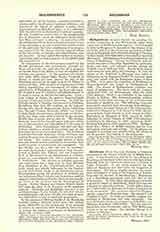

Heilsbronn (FONS SALUTIS), formerly a Cistercian monastery in the Diocese of Eichstatt in Middle Franconia. It was founded in 1133 by St. Otto, Bishop of Bamberg, and received its first monks with their Abbot Rapatho from the Cistercian monastery of Ebrach in Upper Franconia. It was richly endowed by the dukes of Abenberg and their heirs, the burgraves of Nuremberg. The abbey church contains the sepulchral monuments of most of the burgraves of Nuremberg and the electors of Brandenburg. Heilsbronn was a flourishing monastery until the time of the Reformation. In 1530 Abbot John Schopper founded a monastic school at Heilsbronn, which later became a Protestant school for princes. Under Abbot Schopper (1529-1540) the doctrines of Luther found favor in the monastery. His successor, Sebastian Wagner, openly supported Protestantism. He married and resigned in 1543. In 1549 the Catholic religion was restored at Heilsbronn, but only ostensibly. The last abbot who made any pretense to Catholicity was Melchior Wunderer (1562-1578). The five succeeding abbots were Protestants, and in 1631 Heilsbronn ceased to be an abbey. Its valuable library is at present at Erlangen.
MICHAEL OTT

